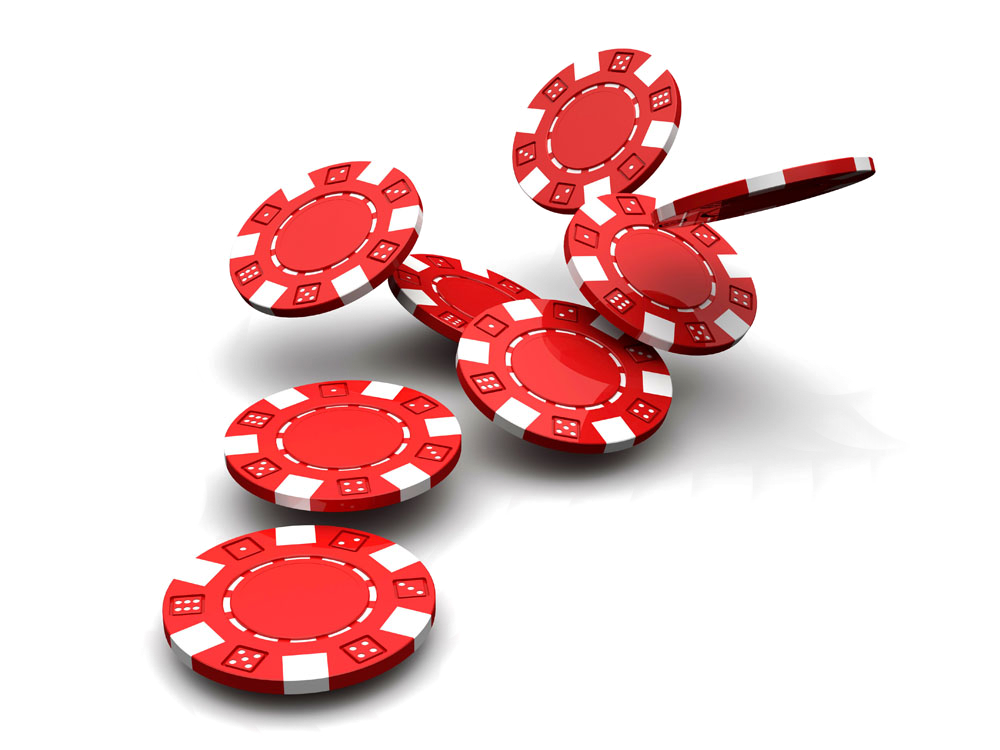Samslot77: Daftar Link Slot Gacor Server Luar Negeri Slot77 Sensasional Terpercaya
Samslot77: Daftar Link Slot Gacor Server Luar Negeri Slot77 Sensasional Terpercaya
Samslot77 merupakan situs judi slot77 yang hadir di indonesia dengan berbekal menggunakan slot server luar negeri dengan jaminan kemenangan slot sensasional yang membuat para peamin bisa mencoba bermain dengan leluasa dan percaya diri untuk meraih kemenangan dalam bergabung bersama dengan link slot77
Slot77 merupakan sebuah provider slot luar negeri yang kerap kali memberikan kepada anda jaminan kemenangan ketika bermain. Link Slot 77 juga memiliki jumlah pendaftar harian hingga 2000 pemain sehingga lahirlah situs Samslot77 yang memberikan anda jaminan kemenangan ketika bermain. Masih ada banyak sekali fitur fitur permainan slot77 yang kami sediakan
Bagi para pemain slot, anda tidak perlu ragu untuk bergabung bersama dengan situs slot77. fitur deposit qris tercepat hanya 1 detik, kemudian fitur deposit pulsa tanpa potongan. player slot bisa memainkan slot77 dengan potensi terbesar mendapatkan slot maxwin jackpot setiap hari nya. Samslot77 sebagai salah satu situs alternatif untuk login slot 77 membuat para pemain bisa bermain dengan nyaman di ponsel masing masing. Carilah jackpot dan rasakan sensasi kemenangan anda sekarang juga bersama dengan samslot77
Nih 9 Rekomendasi Mesin Slot Gacor Pada Link Slot77
Link Slot77 atau slot 77 selalu memberikan kepada para pemain berupa saran dari rekomendasi mesin slot gacor yang sedang panas untuk di mainkan pada hari ini. Di bawah ini akan kami sajikan kepada para player slot77 rekomendasi permainan untuk di mainkan
1. Gates of olympus - Pragmatic Play
Mesin slot77 gates of olympus tidak bisa dipungkiri menjadi salah satu mesin slot paling panas sepanjang tahun, anda bisa mendapatkan hadiah kemenangan dari jackpot slot dan scatter slot x250 x500 & X1000 di permainan gates of olympus ini
2. Sweet Bonanza X - Mas Party
Sweet bonanza selalu menjadi permainan favorit para player slot77 karena anda bisa mendapatkan slot maxwin tanpa batas, hadiah jackpot slot sensasional bisa anda dapatkan pada permainan sweet bonanza x - mas.
Perlu di ketahi juga , hampir setiap hari pemenang slot lahir dari permainan yang satu ini
3. Mahjong Bonanza - Pragmatic Play
Setiap game slot mahjong 77 di pastikan akan gacor karena algoritma dari permainan mahjong bonanza sangat mirip dengan permainan sweet bonanza oleh karena itu permainan ini bisa anda jadikan suatu patokan untuk meraih keuntungan di saat bermain
4. Gates of Gatotkaca - Pragmatic Play
gates of gatotkaca menawarkan kepada anda sensasi bermain slot dengan perputaran yang sangat bagus. Double chance on dan RTP yang tinggi mendukung para player slot77 dalam meraih kemenangan di permainan gates of gatotkaca
5. KOI GATE - HABANERO SLOT
Slot KOI GATE tidak bisa di pungkiri lagi sebagai salah satu permainan slot paling gacor pada tahun 2023.
Hal tersebut di karenakan fitur koi free spin yang tiada henti. Sangat kami rekomendasikan permainan koi gate kepada player baru slot77
6. Mahjong Ways 2 - PG SOFT
Mahjong Ways 2 sebagai salah satu permainan paling populer dan viral untuk provider PG SOFT. Hal tersebut karena fitur scatter yang muncul akan membantu anda meraih perkalian yang mendukung jackpot slot
7. Lucky Neko - PG SOFT
Slot Lucky Neko milik PG SOFT sangat terkenal karena dahulu pernah di sematkan sebagai salah satu game slot yang paling gampang menang dan dengan garansi kekalahan membuat para pemain gemar bermain slot lucky neko hari ini pada pg slot
7. Lucky Neko - PG SOFT
Slot Lucky Neko milik PG SOFT sangat terkenal karena dahulu pernah di sematkan sebagai salah satu game slot yang paling gampang menang dan dengan garansi kekalahan membuat para pemain gemar bermain slot lucky neko hari ini pada pg slot
8. Caishen Wins - PG SOFT
Slot Chaisen Wins merupakan permainan dari link slot77 yang paling populer dari pertama kali di rilis hingga sekarang, anda bisa menjumpai puluhan juta rupiah kemenangan yang bisa anda peroleh melalui game chaisen wins ini
9. No Limit City Slot
Slot No limit city di nobatkan sebagai salah satu slot terbaru tahun 2024 yang berhasil masuk ke dalam 9 besar rekomendasi slot paling gacor dari slo77, anda pantas mencicipi rasa nya menang bermain slot no limit city 77
Tentang Samslot77 | Platform Link Slot77 Nomor 1 Paling Gacor Hari Ini
Samslot77 yang hadir untuk anda sebagai tempat pendaftaran link slot77 terbaru dan terpercaya tahun 2024 in sudah memiliki banyak lisensi khusus untuk bergerak di bidang perjudian online. Mulai dari lisensi PAGCOR, SBOBET, POKER V, serta berbagai badan perjudian resmi lain nya sudah menjalin kerja sama resmi dengan Samslot77
Bergabunglah bersama dengan slot 77 agar anda bisa mendapatkan kemenangan jackpot slot77 anda sekarang juga. Salam sukses Samslot77
Cara Daftar Link Judi Slot 77 Terbaru & Aman
Samslot77 sebagai salah satu situs slot terpercaya yang telah mematuhi kode etik perjudian online tahun 2024, akan memberikan kepada anda berbagai cara daftar akun yang benar di situs slot77
- Username
- Password
- Nama Rekening
- Nomor Rekening
- Kode Validasi
Anda bisa mendaftarkan username atau nama akun yang bebas dengan menggunakan kode 77 untuk meningkatkan peluang rasional dalam meraih kemenangan
kata sandi harus bersifat aman dan privasi untuk diketahui 1 orang saja Anda harus menjaga kerahasian sandi dan keamanan akun anda ketika bermain di slot77
Nama Rekening yang anda daftarkan di slot77 haruslah valid dan sama dengan buku rekening anda agar proses transaksi tidak tergangu
Pendaftaran slot77 dengan rekening yang benar di wajibkan agar proses pengiriman withdraw tidak terganggu
Untuk kolom ini anda bisa memasukan kolom validasi yang tertera di kotak di samping yang tersedia


